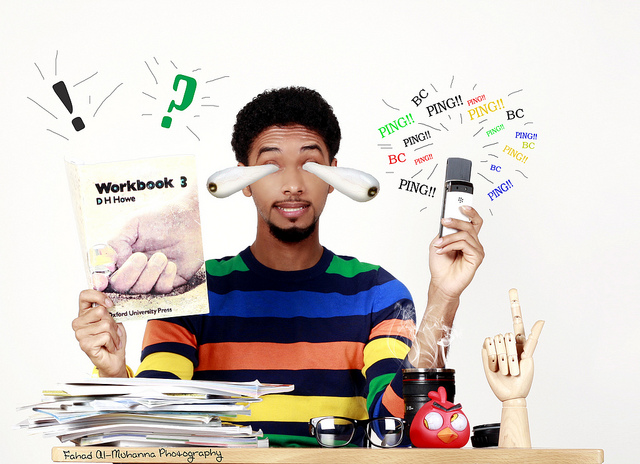Last updated on March 9th, 2019 at 03:55 pm
There’s a crazy homeless lady yelling obscenities outside my window. I hate callously tossing around words like “crazy” and “homeless”– that could be someone’s grandmother outside – but she’s got a schizophrenic gait to her speech, see-sawing from sing-song to Banshee. That’s the “crazy.” And she parked her shopping cart of worldly possessions next to my car, and is using the rear end bumper as a roof. That’s “homeless.”
Teddy suggests we get out there and tell her to move, but he doesn’t read horror scripts all day, so he doesn’t know any better. There’s always that guy in slasher flicks who approaches the seemingly vulnerable creature, disguised as an old lady or the ubiquitous little girl (equally ubiquitously played by Chloe Grace Moretz.) His hand is outstretched, like he’s about to pet a baby bird. He’s hunched over, his eyebrows furrowed, and in your head you’re screaming “No! Don’t do it! It’s a trick! She’s going to bite your face off!” but he inches closer and closer, unconcerned with your pleas because you don’t possess telepathy and he is inside a television.
He gently touches the old lady, and…
Nothing happens. He smiles…
Right before she rips his face in half.
I will not be this guy.
The alternative to asking the crazy homeless lady to move is realizing that she may be obnoxious, but she’s not doing nobody harm. We should just stay inside our warm, safe apartment, with running water and electricity and cell phones, counting our blessings.
Then get on the cell phone and call the police, and ask them to move the crazy homeless lady.
I prefer this option, though I’m not sure what good it’d do. In Los Angeles, there’s this “live and let live” attitude towards the homeless and panhandlers that still escapes me. There’s a panhandler I regularly pass, stationed right where the “10” empties onto National Blvd. Her scraggly brown hair is tied back in a ponytail, and tucked into her USC sweat shirt. Every time I get gas or groceries, she’s working that corner, though her specific duties vary. Sometimes she’s got her cup in hand, walking down the long line of cars waiting for the light. Other times, she’s flirting with the homeless wheelchair guy, or drinking a 40 out of a brown paper bag.
Yesterday, I saw her at Starbucks, ordering a Frappuccino. It was half-off, part of the Happy Hour special they were running, but still.
Across our apartment, a woman parks her van loaded with cans and bottles she’s collected inside an outdoor garage. Like others, she makes her living hunting recyclables. I never gave it any thought until I overheard her conversation with another professional recycler. “People look down at me,” he said, “but shit, I ain’t working for no man. I make my own money, and I make my own hours.”
He’s not a recyclables hunter; he’s an entrepreneur.
And what one might refer to it as panhandling, others call hustling.
In upstate New York, you throw an empty bottle on the ground, it’s littering. In Los Angeles, you know it’s going to get picked up: so you call it charity.
In many American cities, employing someone at no pay to keep the coffee machine going and fetching printouts is called slave labor. Here it’s an internship.
If that’s not spin, then I don’t know what is. It permeates from every crevice of our lives, a byproduct of being concerned with how others perceive you. Spin is everywhere and it’s still spreading, bleeding over Ethernet cables and wireless routers, diffusing from our real lives to our online lives and back again. There’s merit in developing the ability to spin, especially when it’s your Facebook or blog account that notifies others of your engagement, your job promotion, or what you ate for lunch. It’s more fun (and easier on the ego) to spin a post about triumphing over adversity, versus admitting this recent slump of failures has got you frustrated and rapidly losing faith. And why admit you got your heartbroken when a simple “In a relationship with…” toggle box explains it all, and the only thing left to do is untag your former significant other out of your life?
Spin grants us a glossy veneer to cover blemishes. With a click, any defeat can be turned to victory, any failure, a success. “Be all you can be,” has given way to “be all you’re perceived to be.” This power comes with the very real possibility of losing sight of who we actually are and what we actually feel. Until one day we find ourselves out on the street, babbling schizophrenics all, torn somewhere between our real lives and digital selves.
Photo Credit: Ed Yourdon









